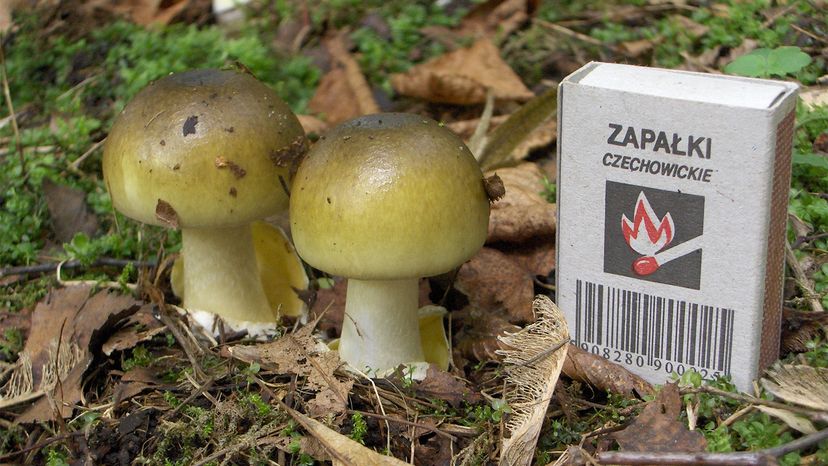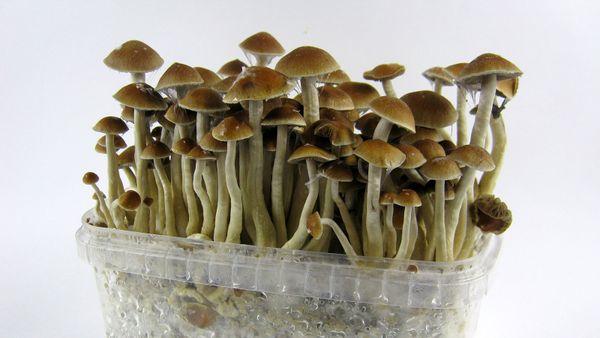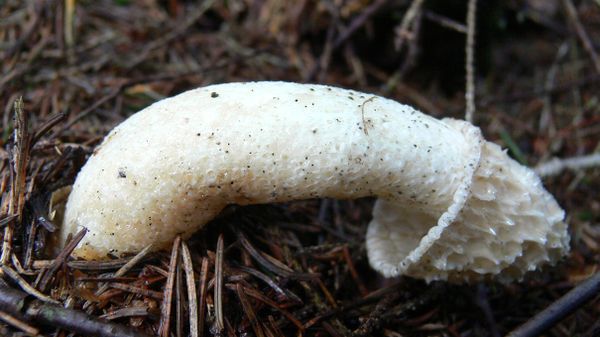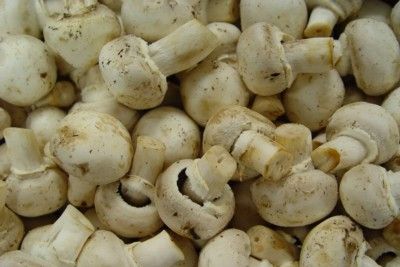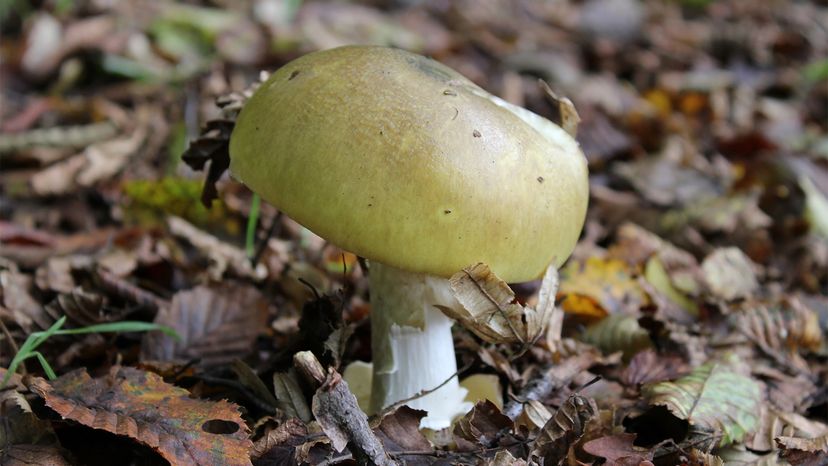
Following a mushroom bloom in the San Francisco Bay Area in late 2016, 14 people consumed a poisonous fungus and fell drastically ill. One child even suffered permanent neurological damage. The toxic and sometimes fatal cause: Amanita phalloides, better known by its grim moniker, the "death cap" mushroom.
But how did this deadly, poisonous mushroom -- which is native to Europe -- wind up on North American shores? And what can we do to stop it? In this article, we'll explore theories about how death cap mushrooms crossed the Atlantic, plus what kind of first symptoms to expect from such a mushroom poisoning.
Advertisement
